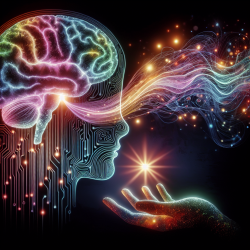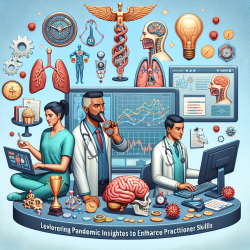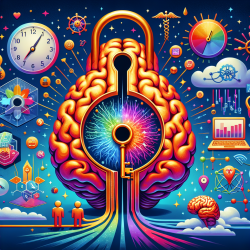Introduction
Attention-Deficit/Hyperactivity Disorder (ADHD) is a prevalent neuropsychiatric disorder in children, characterized by inattention, impulsivity, and hyperactivity. Traditional diagnostic methods rely heavily on behavioral assessments, which can be subjective and time-consuming. Recent research, as detailed in the article "Network, Anatomical, and Non-Imaging Measures for the Prediction of ADHD Diagnosis in Individual Subjects," explores the potential of advanced imaging and machine learning to enhance diagnostic accuracy.
Understanding the Research
The study utilized a large dataset from the ADHD-200 Consortium, comprising structural and resting-state functional MRI scans, along with non-imaging phenotypic data from 776 children. The researchers calculated over 12,000 features per subject, including anatomical attributes like cortical thickness and network measures derived from resting-state fMRI. Machine learning algorithms were employed to rank these features and assess their predictive power for ADHD diagnosis.
Key Findings
The study found that non-imaging features such as age, gender, and IQ were highly predictive of ADHD. However, the inclusion of imaging features, particularly those derived from Sparse Inverse Covariance networks, improved the model's ability to generalize to new data. Stratification by gender further enhanced classifier performance, highlighting the importance of tailored diagnostic approaches.
Implications for Practitioners
For speech-language pathologists and other practitioners, these findings underscore the value of integrating advanced imaging techniques into diagnostic protocols. While non-imaging features remain crucial, imaging data can provide objective biomarkers that enhance diagnostic confidence and accuracy. Practitioners should consider collaborating with neuroimaging specialists to incorporate these methods into their practice.
Encouraging Further Research
The study's promising results invite further exploration into the use of machine learning and imaging in diagnosing ADHD and other neuropsychiatric disorders. Future research should focus on refining these techniques, exploring additional imaging modalities, and expanding datasets to include diverse populations.
To read the original research paper, please follow this link: Network, Anatomical, and Non-Imaging Measures for the Prediction of ADHD Diagnosis in Individual Subjects.










